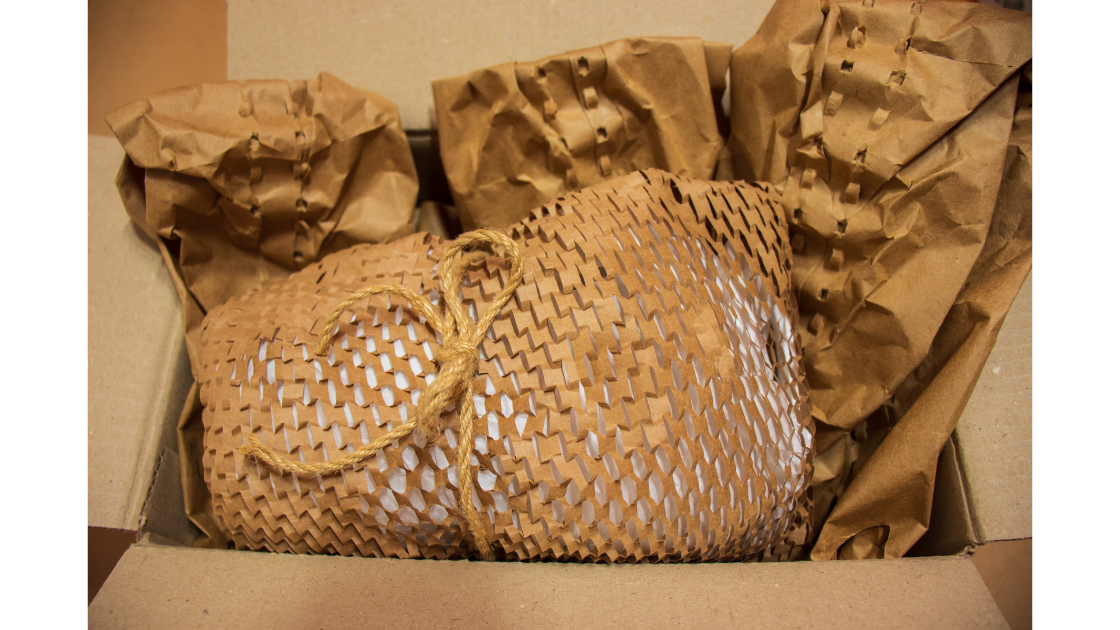High heels are a staple in many women's wardrobes, offering a chic and sophisticated look. However, the science behind women's high heels is not always well understood. In this article, we'll take a look at how high heels affect your feet and what you can do to minimize discomfort.
Negative Impact of High Heels
Altered Center of Gravity
One of the biggest challenges of wearing high heels is the altered center of gravity. When you wear high heels, your weight is shifted forward, putting extra pressure on the front of your feet. This can cause discomfort and pain, especially if you wear high heels for extended periods of time.
Shortening of the Achilles Tendon
High heels can also have a negative impact on the Achilles tendon. When you wear high heels, your calf muscles are shortened, which can cause the Achilles tendon to shorten over time. This can lead to discomfort and pain, as well as a higher risk of injury.
Increased Pressure on the Ball of the Foot
Wearing high heels also increases the pressure on the ball of the foot. This can cause discomfort and pain, as well as a higher risk of developing conditions such as plantar fasciitis.
Arch Strain
High heels can also strain the arch of the foot, as the arch is not supported properly. This can lead to discomfort and pain, as well as a higher risk of developing conditions such as flat feet.
Nerve Compression
Wearing high heels can also compress nerves in the feet, causing discomfort and pain. This can be especially problematic for women who wear high heels for extended periods of time, as the nerve compression can lead to permanent damage over time.
How to Minimize Discomfort
Despite the challenges of wearing high heels, there are several things you can do to minimize discomfort and protect your feet.
Choose the Right Heels
When choosing high heels, it's important to consider the height, shape, and material of the heel. Opt for lower heels whenever possible, and look for shoes with a wider base for added stability. Additionally, choose shoes with a padded sole and good arch support to minimize discomfort.
Take Breaks
If you wear high heels for extended periods of time, it's important to take breaks. Take off your shoes and stretch your feet regularly to relieve pressure and prevent discomfort. Additionally, try to alternate between high heels and more comfortable shoes throughout the day.
Stretch Regularly
Stretching is another important factor in preventing discomfort and pain when wearing high heels. Regular stretching can help relieve tension in the calf muscles and prevent the Achilles tendon from shortening. Some of the best stretches for high heel wearers include calf stretches and toe stretches.
Use Arch Supports
Arch supports can also help minimize discomfort and pain when wearing high heels. Arch supports provide extra support to the arch of the foot, reducing the strain caused by high heels. Look for arch supports that are specifically designed for high heels for the best results.
Conclusion
In conclusion, high heels can have a significant impact on the feet, leading to discomfort and pain. However, by choosing the right heels, taking breaks, stretching regularly, and using arch supports, you can minimize these effects and enjoy the sophisticated look of high heels with greater comfort and ease. So next time you slip on your heels, keep these tips in mind to keep your feet happy and healthy.



